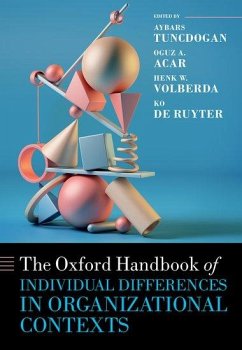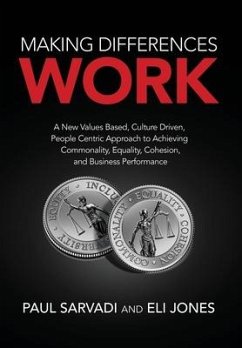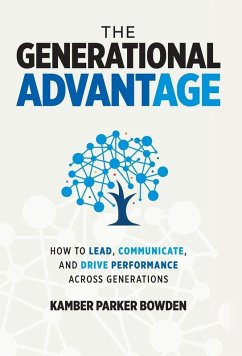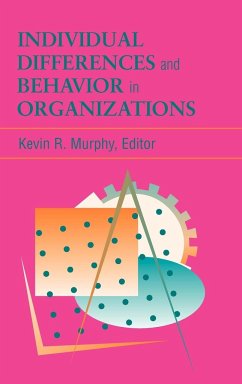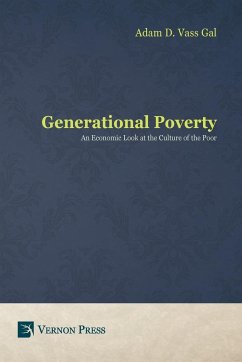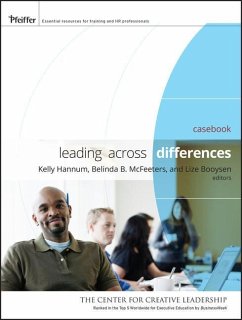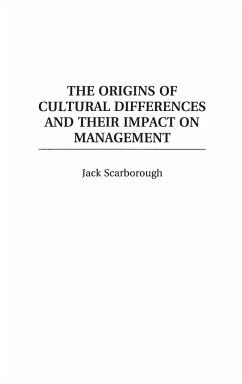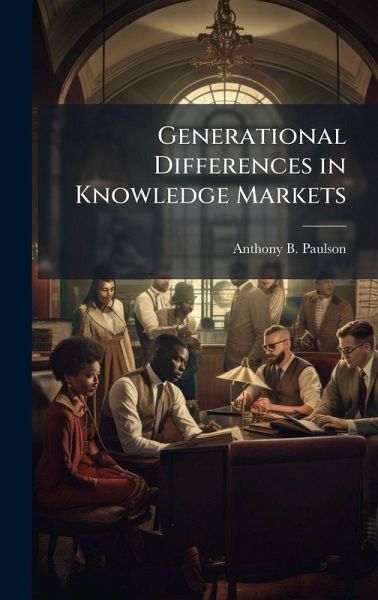
Generational Differences in Knowledge Markets
Versandkostenfrei!
Versandfertig in über 4 Wochen
29,99 €
inkl. MwSt.
Weitere Ausgaben:

PAYBACK Punkte
15 °P sammeln!
The US workforce faces an impending mass exodus of experienced workers as the Baby Boomer Generation prepares to retire. Generation X is entering upper management positions but their numbers are small: approximately half the Baby Boomer population: and they'll be leading Generation Y which is three times their size. This 'age wave' phenomenon has unsettling implications for organizations. Will organizations lose knowledge as their most experienced workers depart? Can that knowledge be captured before they leave? This study examines the differences between the ways member of each generation in ...
The US workforce faces an impending mass exodus of experienced workers as the Baby Boomer Generation prepares to retire. Generation X is entering upper management positions but their numbers are small: approximately half the Baby Boomer population: and they'll be leading Generation Y which is three times their size. This 'age wave' phenomenon has unsettling implications for organizations. Will organizations lose knowledge as their most experienced workers depart? Can that knowledge be captured before they leave? This study examines the differences between the ways member of each generation in the workforce transferes knowledge using semi-structured interviews to understand and diagnose challenges to diffusing organizational knowledge across generational divides. The results indicate that Baby Boomers tend to share knowledge with coworkers in exchange for favors, such as reciprocal knowledge to increase their reputation. Trust is also important to members of each generation in exchanging knowledge, but for different reasons. The Baby Boomers need to trust that a knowledge source will not use shared knowledge to compete against them, the Generation Xers need to trust that the knowledge they share will not be wasted, and Generation Yers need to mtrust a knowledge sources to be credible before absorbing that knowledge. This work has been selected by scholars as being culturally important, and is part of the knowledge base of civilization as we know it. This work was reproduced from the original artifact, and remains as true to the original work as possible. Therefore, you will see the original copyright references, library stamps (as most of these works have been housed in our most important libraries around the world), and other notations in the work. This work is in the public domain in the United States of America, and possibly other nations. Within the United States, you may freely copy and distribute this work, as no entity (individual or corporate) has a copyright on the body of the work. As a reproduction of a historical artifact, this work may contain missing or blurred pages, poor pictures, errant marks, etc. Scholars believe, and we concur, that this work is important enough to be preserved, reproduced, and made generally available to the public. We appreciate your support of the preservation process, and thank you for being an important part of keeping this knowledge alive and relevant.



